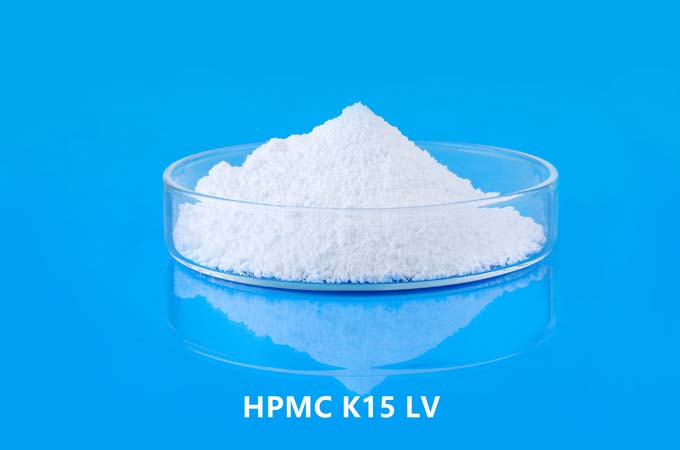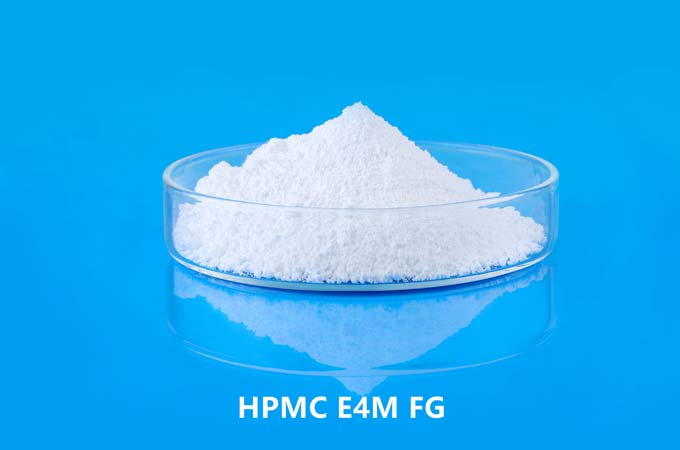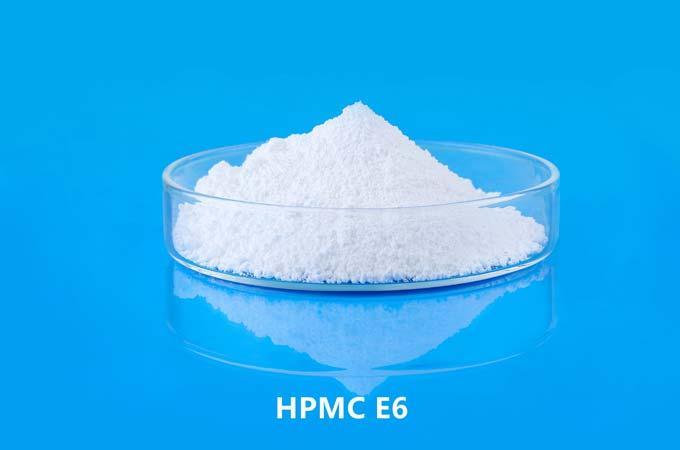Dissolving Method
1. All models can be added to the material by dry mixing;
2. When it needs to be directly added to the normal temperature aqueous solution, the cold water dispersion type is used, and it usually takes 10-90 minutes to thicken after adding;
3. The ordinary model is stirred with hot water to disperse first, then it can be dissolved after adding cold water to stir and cool;
4. If agglomeration occurs when dissolving, it is because the stirring is insufficient or the common model is directly added to cold water. At this time, it should be stirred quickly.
5. If bubbles are generated during dissolution, they can be left to stand for 2-12 hours (the specific time is determined by the consistency of the solution) or removed by vacuuming, pressurizing, etc., or adding an appropriate amount of defoaming agent.
Product Usage
Hydroxypropyl methylcellulose is used as thickener, dispersant, binder, excipient, oil-resistant coating, filler, emulsifier and stabilizer in the textile industry. It is also widely used in synthetic resin, petrochemical, ceramics, paper, leather, medicine, food and cosmetics and other industries.
1. Construction industry: As a water-retaining agent and retarder of cement mortar, it can make the mortar pumpable. In plaster, gypsum, putty powder or other building materials as a binder to improve spreadability and prolong work time. It can be used as paste tile, marble, plastic decoration, paste reinforcement, and can also reduce the amount of cement. The water-retaining performance of HPMC prevents the slurry from cracking due to drying too quickly after application, and enhances the strength after hardening.
2. Ceramic manufacturing industry: It is widely used as a binder in the manufacture of ceramic products.
3. Coating industry: It is used as a thickener, dispersant and stabilizer in the coating industry, and has good compatibility in water or organic solvents. As a paint remover.
4. Ink printing: It is used as a thickener, dispersant and stabilizer in the ink industry, and has good compatibility in water or organic solvents.
5. Plastics: used as forming release agent, softener, lubricant, etc.
6. Polyvinyl chloride: It is used as a dispersant in the production of polyvinyl chloride, and it is the main auxiliary agent for preparing PVC by suspension polymerization.
7. Others: This product is also widely used in leather, paper products, fruit and vegetable preservation and textile industries.
8. Pharmaceutical industry: coating materials; film materials; rate-controlling polymer materials for sustained-release preparations; stabilizers; suspending agents; tablet adhesives; viscosity-increasing agents.
 English
English 日本語
日本語 français
français Deutsch
Deutsch Español
Español italiano
italiano русский
русский português
português العربية
العربية Türkçe
Türkçe Nederland
Nederland



